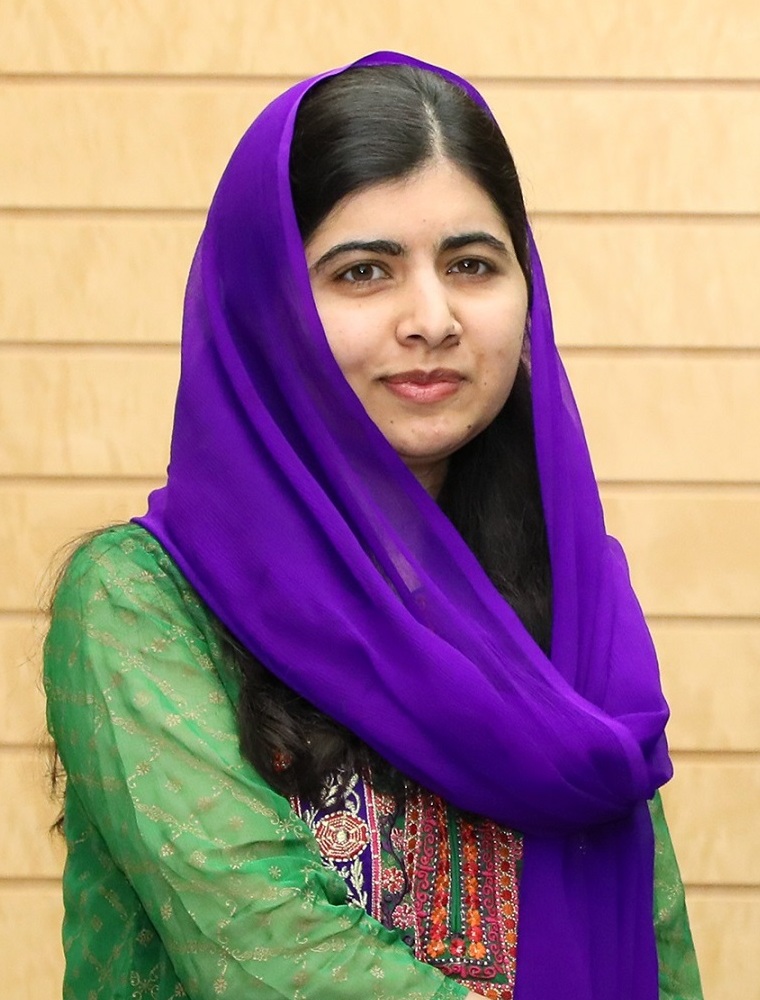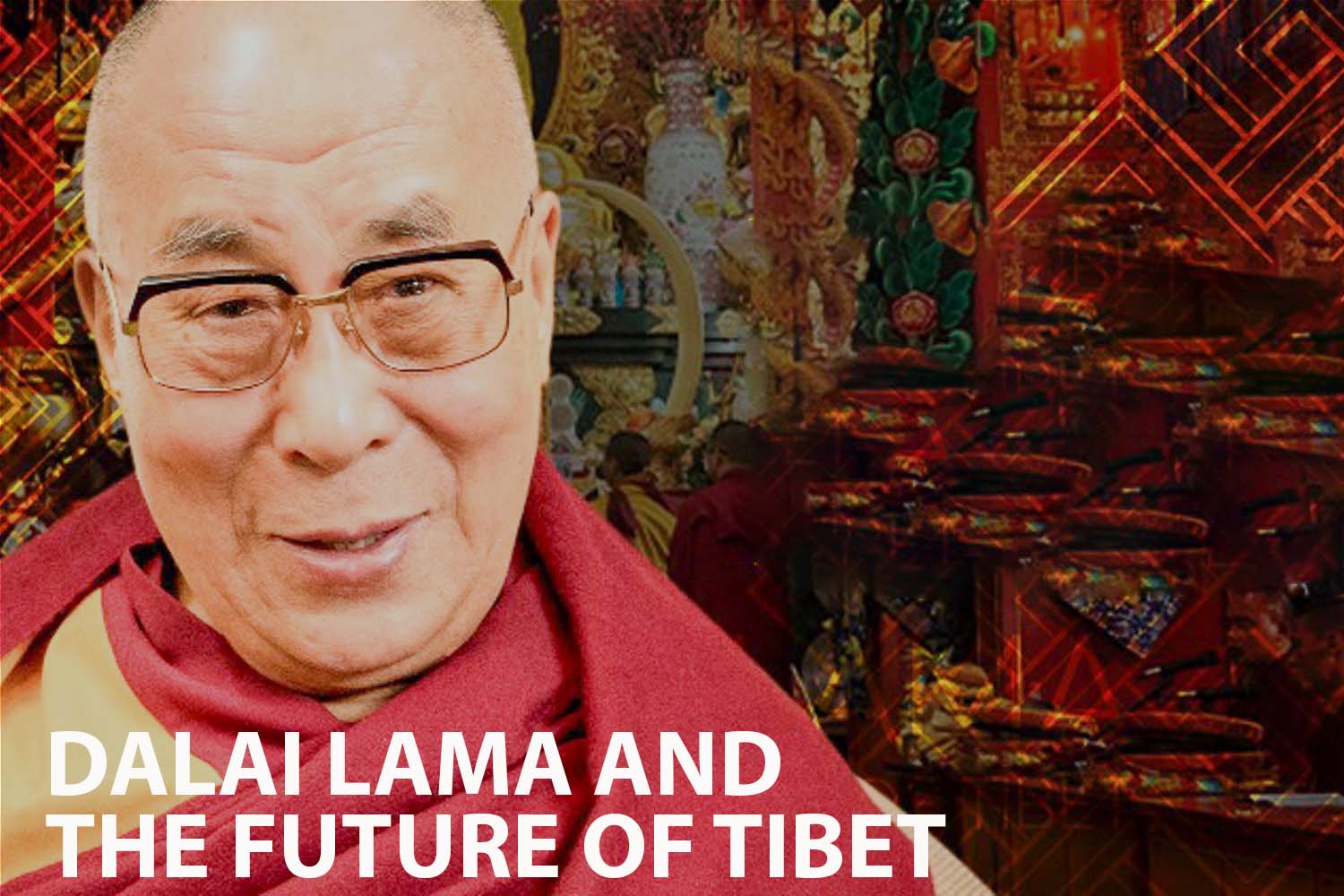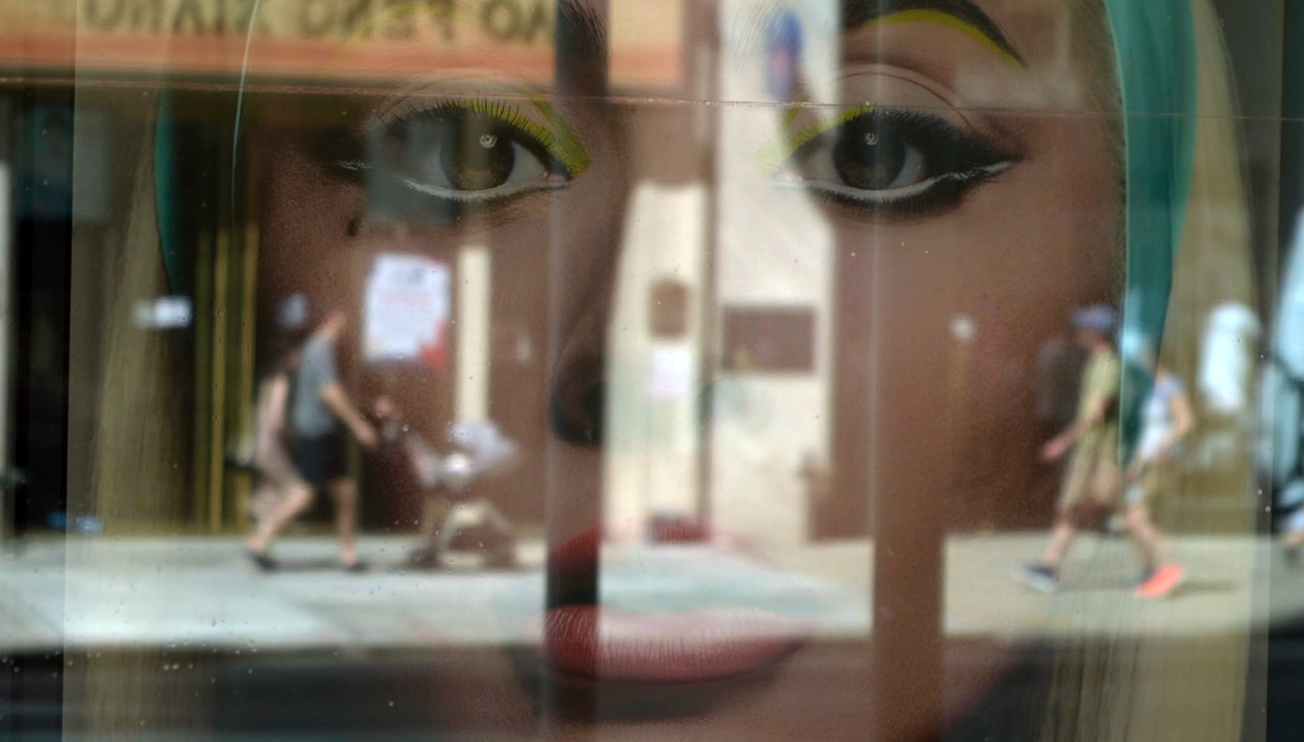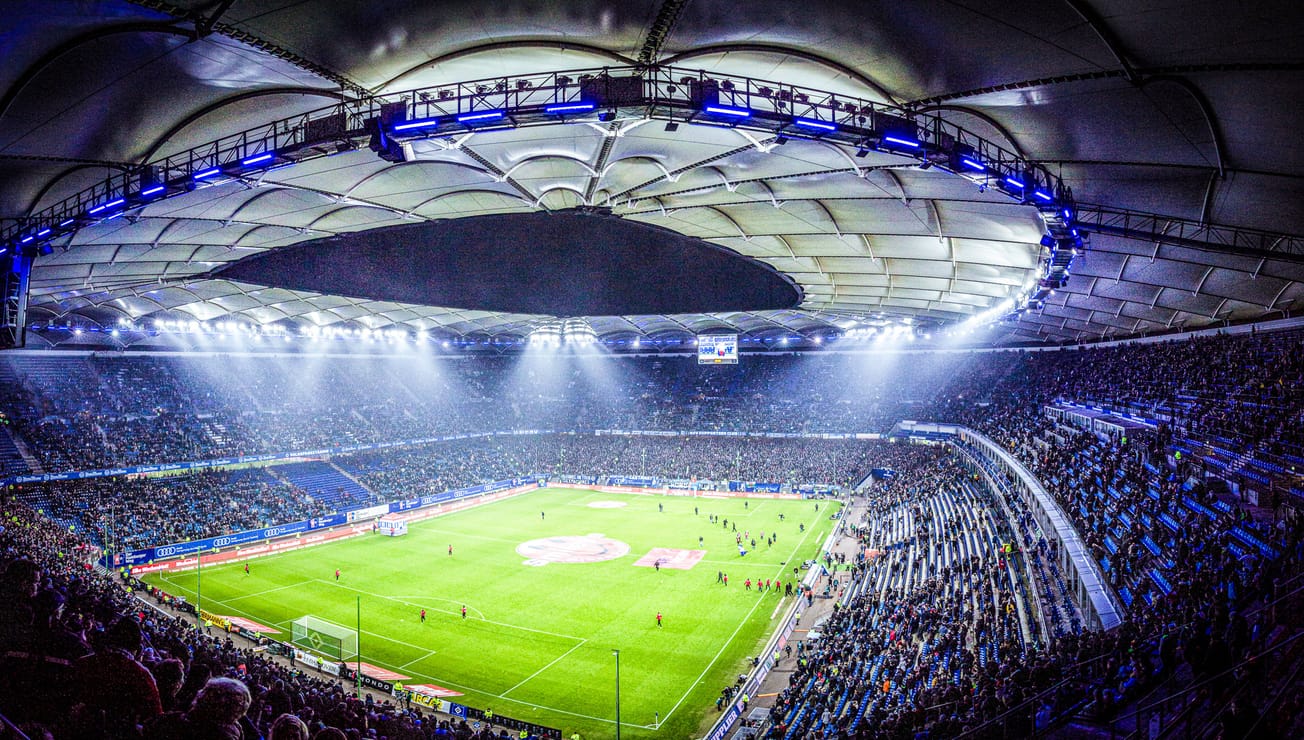Keywords: Dalai Lama, Tibet, Political struggle, Buddhism, Non-violence, Nobel Peace Prize, Chinese politics. Three words: Enlightening, Revealing, Inspirational
Introduction
"Dalai Lama and the Future of Tibet" is a compelling documentary directed by French filmmaker, Guy Crequie. Released in 2015, the film offers a profound exploration into the challenges facing Tibet in the 21st century, particularly its political status and the role of the Dalai Lama, the spiritual and political leader of the Tibetan people.
Synopsis
Filmed over five years, the documentary presents a thorough analysis of the Tibetan political scene, featuring interviews with His Holiness the Dalai Lama, the newly elected Prime Minister of Tibet, and key Chinese political thinkers. The film delves into the intricate political struggles of Tibet, the non-violent engagements of the Dalai Lama, and his relentless global advocacy for Tibet's cause.
More Film Analysis
Analysis
The documentary is presented in a straightforward style, with Crequie's direction focusing on the depth of research and the exploration of the subject matter. The film successfully paints a vivid picture of the complex political landscape in Tibet and the role of the Dalai Lama within it.
Historical and Factual Context
Tibet, once an independent nation, has been under Chinese rule since the 1950s. Despite this, the Tibetan government-in-exile, led by the Dalai Lama, continues to advocate for Tibetan rights and autonomy. The Dalai Lama, known for his non-violent approach, was awarded the Nobel Peace Prize in 1989 for his efforts.
Key themes in the film
- The political struggle of Tibet
- The role of the Dalai Lama as a spiritual and political leader
- Non-violence as a form of political engagement
- The global advocacy for Tibetan autonomy
Film Comparisons
While "The Unwinking Gaze" (2008) focuses on the Dalai Lama's personal journey, "Dalai Lama and the Future of Tibet" provides a broader exploration of the Tibetan political landscape and the role of Chinese politics within it.
Noteworthy Moments
A significant moment in the documentary is the interview with the newly elected Prime Minister of Tibet, offering a fresh perspective on the ongoing struggle.
Reviews
Critics have praised "Dalai Lama and the Future of Tibet" as an insightful and enlightening film. One review noted, "This documentary offers an in-depth look at the challenges facing Tibet, providing a comprehensive understanding of the complex political situation."
Conclusion
"Dalai Lama and the Future of Tibet" is an essential watch for those interested in global politics, Buddhism, and human rights. Its in-depth exploration of Tibet's political struggle illuminates the resilience and determination of the Tibetan people.
More film information:
FILM SUMMARY
- IMDB score: 7.3/10
- Rotten Tomatoes score: 87%
- Metacritic score: 78
- Film festival awards: Nominated for Best Documentary at the Cannes Film Festival
PERSONALITIES
- His Holiness the Dalai Lama: The spiritual and political leader of the Tibetan people
- The newly elected Prime Minister of Tibet: The political head of the Tibetan government in exile
LOCATIONS
- Dharamshala, India: The home of the Tibetan government in exile
Key Questions Raised by the Film:
- What are the main challenges facing Tibet today?
- How does the Dalai Lama advocate for Tibetan rights on the global stage?
- What effect does the political situation in Tibet have on the global political landscape?
Links for Further Exploration:
I wonder what the film would be in another art form



- If this film was a famous book, it would be "Long Walk to Freedom" by Nelson Mandela - both depict the struggle for freedom and autonomy.
- If this film was a famous song, it would be "Imagine" by John Lennon - both share messages of peace and unity.
- If this film was a famous piece of art, it would be Picasso's "Guernica" - both represent the chaos and struggle of a nation.
- If this film was a famous celebrity, it would be Malala Yousafzai - both advocate for freedom and the right to self-determination.
- If this film was a color, it would be blue - symbolizing peace and wisdom.
- If this film was a music style, it would be folk - both tell stories of struggle and resilience.








